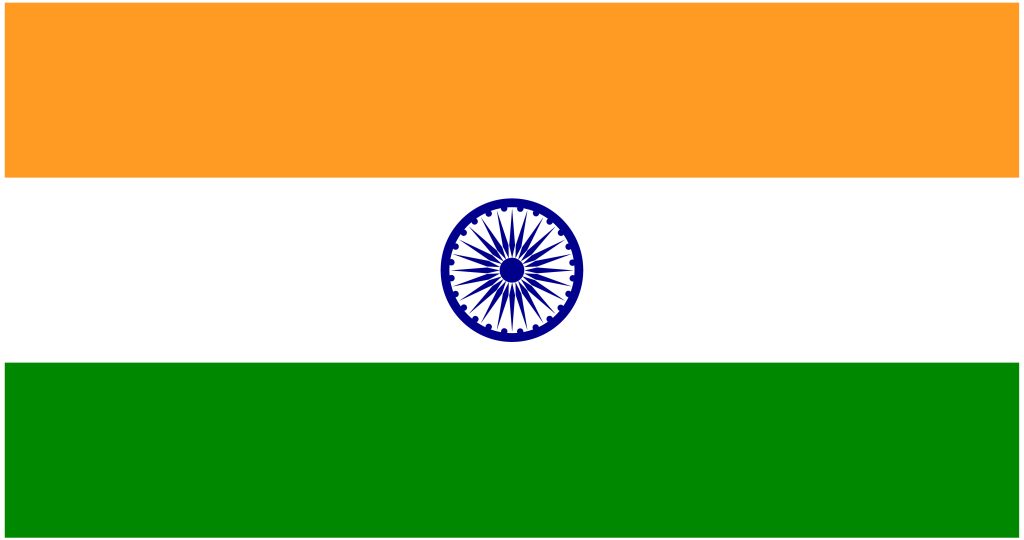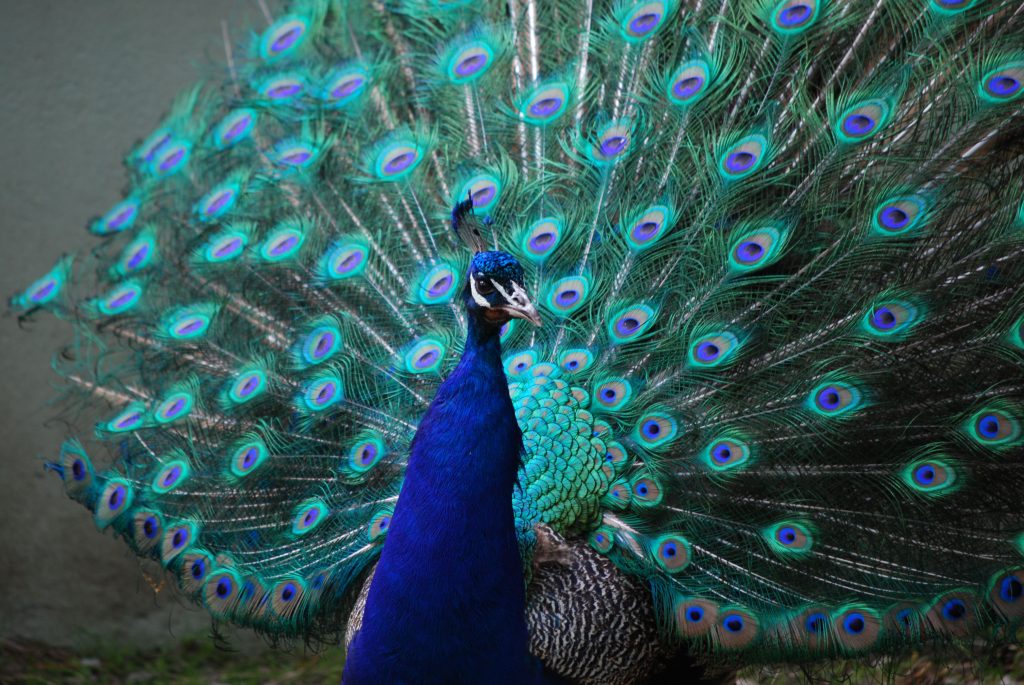“Emblems of Unity, Pride, and Heritage.” 🇮🇳 – The National Identity Elements of India represent the country’s heritage and identity. These symbols evoke a sense of pride and patriotism in every Indian’s heart, regardless of their background.
National Flag

The National Flag of India is a horizontal tricolor with saffron (Kesari) at the top, white in the middle, and India green at the bottom. The flag’s width is two-thirds of its length, and in the center of the white band, there is a navy-blue wheel known as the chakra. The saffron color represents strength and courage, while the white band symbolizes peace and truth. The green color signifies the land’s fertility and growth. Our National Flag went through a series of changes. The first design was crafted by Pingali Venkayya. The Constituent Assembly of India adopted the design of the National Flag on July 22, 1947. It is inspired by the wheel of the Sarnath Lion Capital of Ashoka.
National Anthem

The National Anthem of India is called “Jana-gana-mana”. It was originally composed in Bengali by Rabindranath Tagore. The melody for the full song, slow-paced, and in raga Alhaiya Bilawal, is attributed to Rabindranath himself. It was adopted as the National Anthem in its Hindi version by the Constituent Assembly on January 24, 1950. The anthem was first sung on December 27, 1911, during the Kolkata Session of the Indian National Congress. The National Anthem has a playing time of approximately 52 seconds and is a symbol of unity and patriotism. The National Anthem is sung on Independence Day, the Republic & all other important occasions. When the National Anthem is played, we show respect by standing in attention.
National Song

The National Song of India is “Vande Mataram,”. Bankimchandra Chatterji composed the song in Sanskrit. On January 24, 1950, the President, Dr. Rajendra Prasad, declared that “Vande Mataram” would be honored equally with “Jana-gana-mana” and have the same status. It was first sung during the 1896 session of the Indian National Congress. Vande Mataram played a significant role in India’s struggle for freedom. It is a source of inspiration for the people of India.
State Emblem

The State Emblem of India is an adaptation of the Sarnath Lion Capital of Ashoka. The original emblem features four lions standing back to back on an abacus. The abacus carries sculptures of an elephant, a galloping horse, a bull, and a lion separated by intervening wheels over a bell-shaped lotus. The emblem, carved out of a single block of polished sandstone, is crowned by the Wheel of the Law (Dharma Chakra). The State Emblem represents the rich history and cultural heritage of India.
National Bird

Pavo cristatus – the scientific name for The Indian peacock, is the National Bird of India. It is a colorful bird with a fan-shaped crest of feathers, a white patch under the eye, and a long, slender neck. The male peacock is more vibrant and has a spectacular bronze-green tail consisting of around 200 elongated feathers. The female peacock, on the other hand, is brownish and slightly smaller, lacking the elaborate tail. The male peacock’s courtship dance, where it fans out its tail and preens its feathers, is a breathtaking sight.
National Animal

The National Animal of India is the magnificent tiger, scientifically known as Panthera tigris. Tigers are striped animals with a thick yellow coat of fur and dark stripes. They are known for their grace, strength, agility, and enormous power. The tiger holds a special place as the national animal of India, symbolizing the country’s wildlife heritage and conservation efforts.
National Flower

The national flower of India is the lotus. Lotus is scientifically known as Nelumbo nucifera. This sacred flower holds a unique position in the art and mythology of ancient India. It symbolizes purity, enlightenment, and spiritual awakening. Its large, eye-catching pink blossoms with symmetrically arranged petals convey an air of elegance and tranquillity.
These national symbols are an integral part of India’s identity and serve as reminders of its rich history, cultural diversity, and natural beauty. They instil a sense of pride and unity among all Indians, transcending demographic backgrounds.
In conclusion, our national symbols serve as powerful reminders of our shared identity, history, and values. Whether it’s the flag, anthem, or emblem, these symbols evoke a sense of unity and pride. By respecting and cherishing them, we honour the sacrifices of those who came before us and strengthen our collective bond. Let us continue to uphold and celebrate these symbols, recognizing their significance in shaping our nation’s narrative. – Jai Hind 🇮🇳
By Usha (Cambridge Primary Coordinator)





